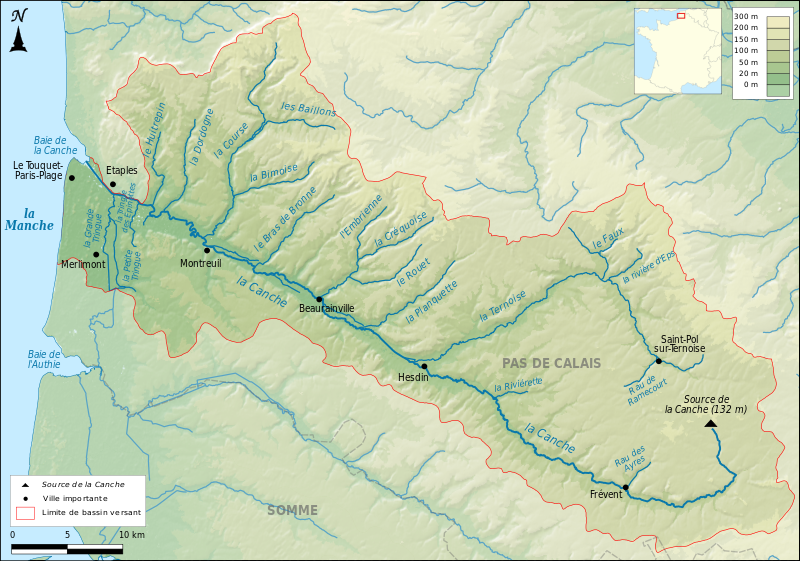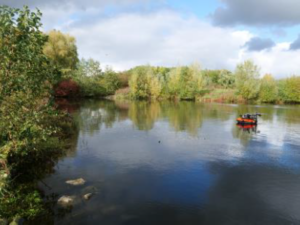Climate change is reflected not only in changes in global temperature, but also in rainfall patterns. Increased rainfall, particularly in winter, leads to runoff and pollutants spilling into river basins – areas that naturally receive flowing water. Suspended or dissolved loads in water negatively impact its quality: simply look at the recent difficulties around cleaning the Seine for the upcoming Paris 2024 Olympic and Paralympic Games.
The study of the transfer of materials, and in particular contaminants, into river basins is of interest to many scientists, including Claire Alary, a geosciences researcher at the Energy and Environment Center for Education, Research and Innovation (CERI EE) at IMT Nord Europe. The researcher is working on the confluences of the Canche, a coastal river in the Pas-de-Calais region north of the Seine. Her aim is to understand how solid matter coming from soil, and likely to contain contaminants, is transported to outlets, or conversely, deposited in aquatic environments to form what geologists call “sediment compartments”.
“How’s the water?”
To understand the phenomena at work, Claire Alary sets up measurement networks on several scales in river basins, in order to observe the dynamics of water and sediment flows. The Planquette is a tributary of the Canche, a sub-river basin of some 50 square kilometers, which can itself be broken down into elementary river basins. The researcher and her team installed instruments on a small scale, in a 54-hectare (0.54 square kilometer) elementary basin of the Planquette, and on a larger scale, in the Planquette itself at its nearby outlet.
These devices use turbidity probes to record water flow and opacity, and also monitor runoff dynamics and material loads. The instruments record constant measurements and are supplemented by automatic sampling of suspended matter, which is used to perform various physico-chemical analyses to assess environmental quality or characterize pollutant loads.
“This highly detailed approach to hydro-sedimentary dynamics in river basins is then linked to the local context, such as soil typology – and possible pesticides, in the case of agricultural river basins – or rainfall patterns,” says Claire Alary. In partnership with Navigable Waterways of France (VNF), the researcher is also studying the presence of contaminants in sediment layers, and the sources of the suspended matter that settles and silts in the river channels of the Nord region.








